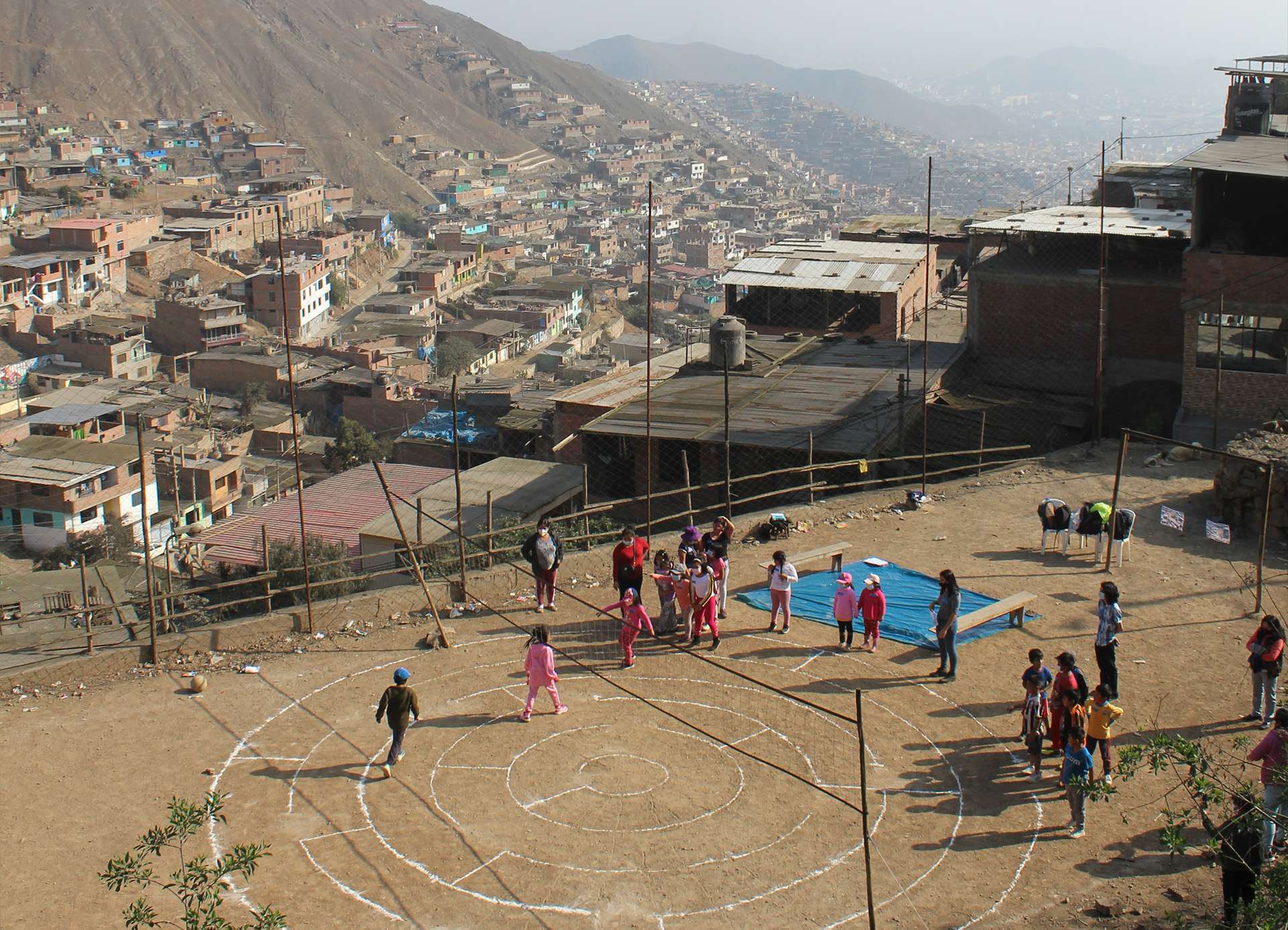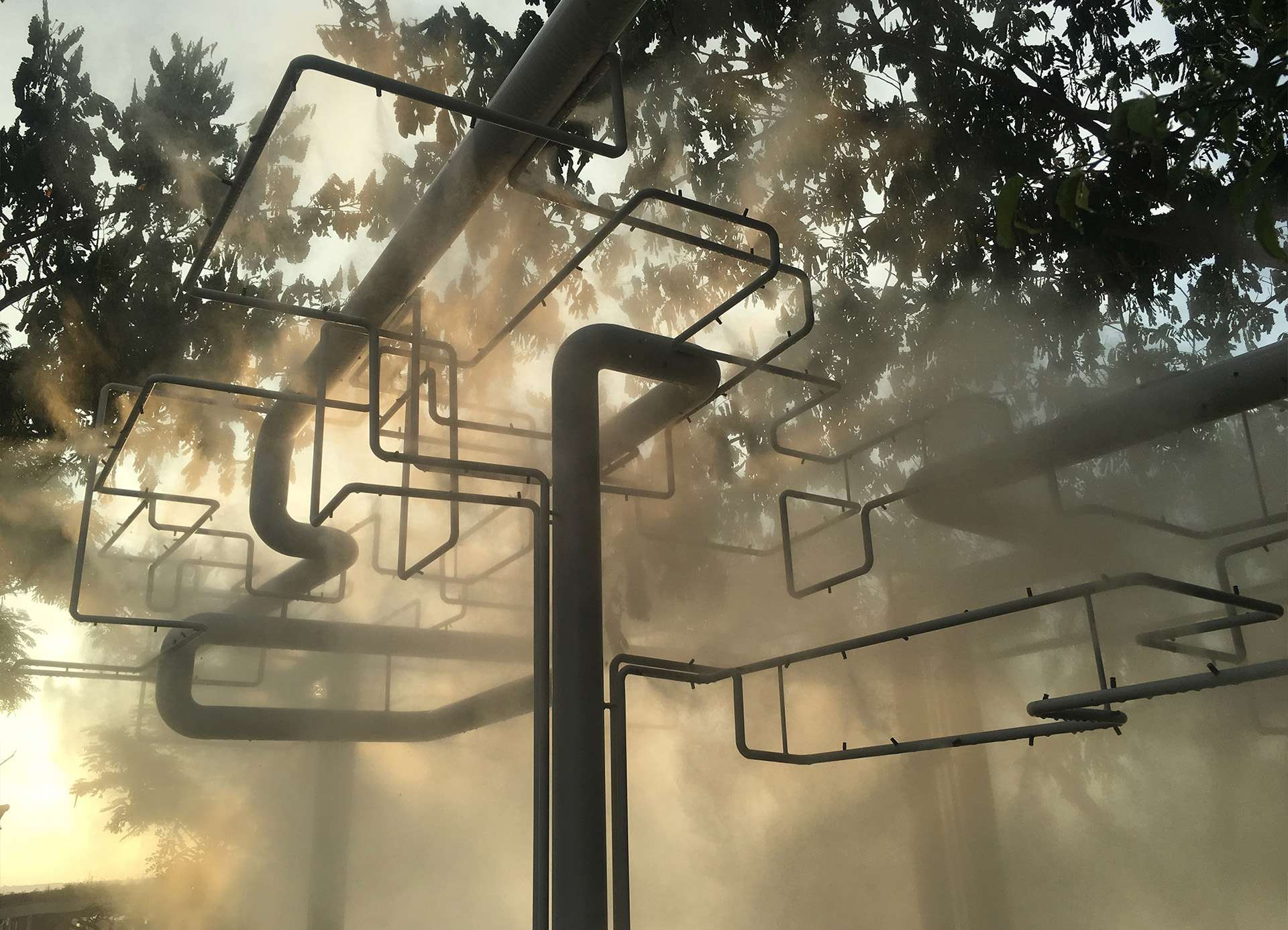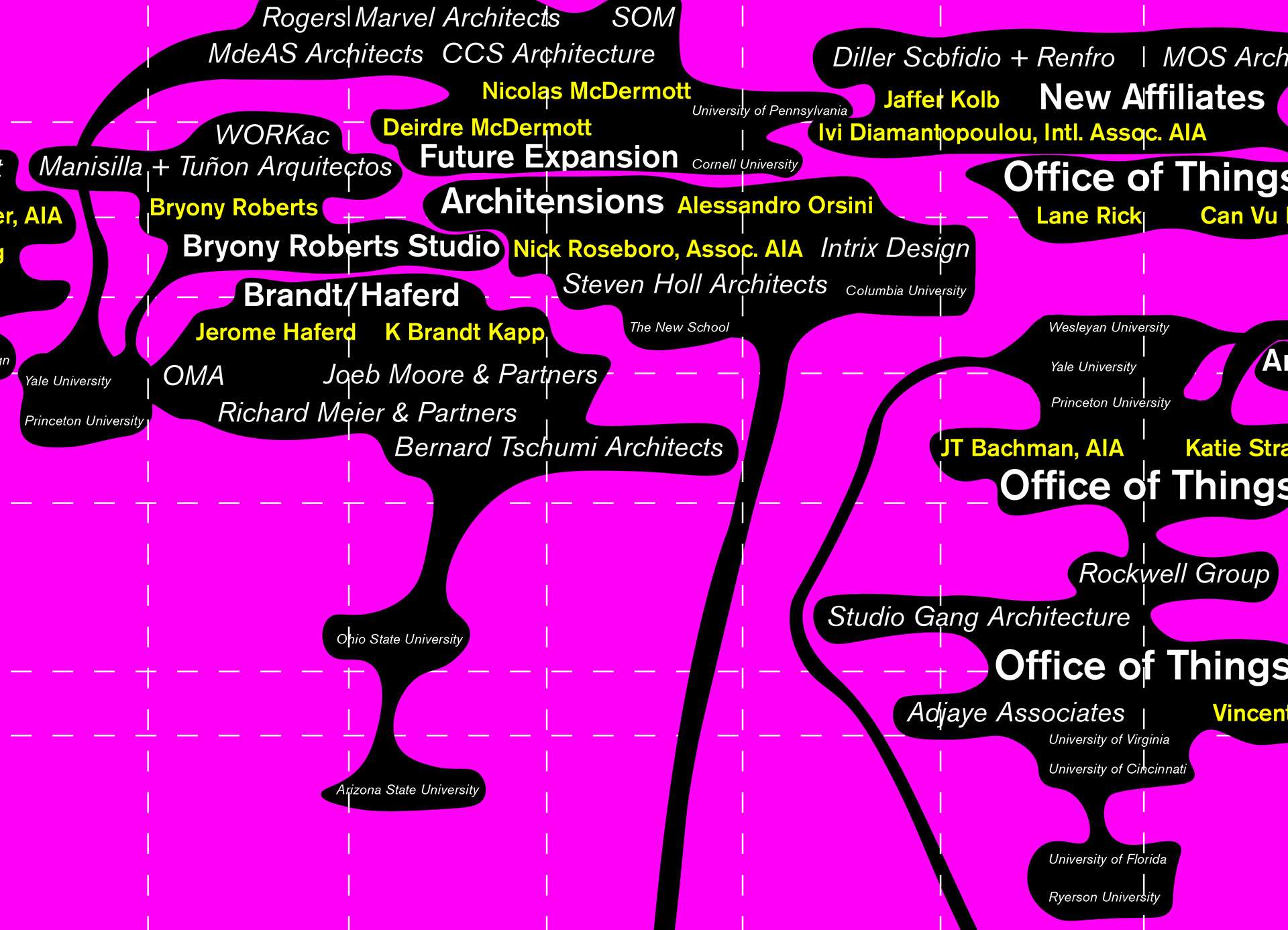Sited within the context of the 6th Lisbon Architecture Triennale, the exhibition and publication “Visionaries” by Anastassia Smirnova with SVESMI explores the visions imagined and presented by systematic thinkers who aspire to impose an alternative order of things and create not just beautiful physical structures or objects but also ambitious, and at times controversial prescriptions for future action. In this conversation with curator Anastassia Smirnova we discussed the importance of putting forth the work of visionaries who investigate opportunities, who explore schemes which can be turned into rules, regulations, principles which others can use and implement to help us shape another future. Moving beyond the obsession for individual authorship, Visionaries stresses how we need to shift from an attitude in which we are upset if someone builds in a similar manner to an approach where we see this as a sign of recognition and a model which is functioning and should be replicated.
KOOZ The exhibition “Visionaries” features the work of a carefully curated set of contributors. What informed the selection of practitioners involved?
AS The selection was very much defined because of the weekly conversations we would engage in with both the chief and the curators of the thematic exhibitions to ensure that the Triennale in Lisbon would read as a collective effort rather than an archipelago of individual thoughts. These weekly talks were very important as they were an opportunity for us to exchange ideas amongst ourselves. For example, within the context of Multiplicity I proposed the inclusion of the seminal work developed by Stefano Boeri which was a breakthrough in terms of architects thinking with and engaging with other non-architectural practices around notions of spatial organisation similarly to how Tau and Vyjayanthi are addressing today. Moreover, there was a certain sense of relief in knowing that specific topics and approaches - as for examples that of the potential of a cyclical form of architecture as explored through Cycles - would be tackled by the other curators, thus liberating our brief and agenda from the expectation of a show which would need to be encyclopaedic. It was thus a luxury to focus on few specific themes which could be seen within the larger body of work of the Triennale.
We wanted to put forth the work of visionaries who investigate opportunities, who explore schemes which can be turned into rules, regulations, principles which others can use and implement.
One specific theme which is extremely interesting to me is the question of authorship. I am keen to understand how projects are developed and how education is structured to enable people to release their grip on mono authorship, a phenomenon which is already happening within our discipline, albeit at a very slow rate. Alongside this notion lies the fundamental criteria which determined the selection of visionaries included in the show; it is first and foremost around the inclusion of systemic thinkers. I was keen on exhibiting the work of a pool of individuals who are not just interested in building houses but who envisage every project as a potential prototype. In this regard the project “Second Home” is a good example of a project that develops a scheme which becomes open source/access.We were keen on presenting those restless practitioners who engage with the practice of writing of texts, drafting of images and schemes or actual structures with the ambition of doing and thinking “more” and who are not tied to the previous paradigm where it is all and only about the physical structures and how we build, for example, a good school. We wanted to put forth the work of visionaries who investigate opportunities, who explore schemes which can be turned into rules, regulations, principles which others can use and implement. I trust that this mindset is pivotal if we want to shape another future. Otherwise, we are going to be talking about planetary agendas and large-scale issues whilst continuing to only produce slightly better buildings. We need to shift from an attitude in which we are upset if someone builds in a similar manner to an approach where we see this as a sign of recognition and rather of a model which is functioning and should be replicated.
I am keen to understand how projects are developed and how education is structured to enable people to release their grip on mono authorship,
KOOZ How were the three categories “Cathedral Thinking”, “Mono Visionaries” and “Futurology of the Intimate”, through which the exhibition is curated, defined?
AS As soon as we realised that we wanted to work and exhibit the projects developed by systematic thinkers we then started investigating past and present individuals and practices which span from Le Corbusier to Organisation for Permanent Modernity. We soon realised that the most systemic works researched were those undertaken by large numbers of people and networks as these are the key circumstances for the design of projects that later become crossroads of some many options that take different directions.
We came up with these three categories very early in the process and started immediately testing how they felt and where the various practitioners would belong. Whilst people were very much honoured to be invited to be part of “Cathedral Thinking” they were less engaged to be part of “Mono Visionaries” as they did not see this as fashionable. Contrarily, individuals were flattered to be part of “Futurology of the Intimate” as it meant that they had been noticed as a practice working with very intimate things as is the case with Ensamble Studio, that works with these cave-like environments where they reinvent and give life to abandoned structures whilst also working with the prototyping of mass-produced, cheap systems for housing (as explored within their laboratory in the outskirts of Madrid).
KOOZ Can you tell us more about the section and concept of “Cathedral Thinking”?
AS I feel that this notion of “Cathedral Thinking” encompasses a new understanding of architectural research that varies depending on where one finds him/herself. Of course, if one looks to countries such as Russia, some parts of Asia and Africa where populations are still struggling for political peace and rest, for basic social rights and fundamental needs one realises that they do not have the luxury to think about sustainability, climate change. They are rather concerned with survival as depicted within the exhibition Retroactive. It is somewhat of a luxury and privilege to worry about the future of the planet although it is almost proverbially clear that if one is doing something harmful to the place where they live, greater planetary consequences might stem from this. I wish that in addition to being a scientific, social and political quest the idea of us being alone on this Terra (Earth) also becomes a cultural quest. The idea of us in space alone on this Terra has a scale which is evoked by religion. The latter explains how the world works, climate change discourse explains how the world does not work. Suddenly I think now is the time for a “cathedral thinking” once again, a linguistic choice due to the lack of a better term. Everybody understands they should forfeit their current needs to meet the target which is far ahead for greater good of humanity but also concerns one intimately in an ancestral manner. I think people have been missing this since society has become agnostic and this bigger purpose has been lost. I think the competition “Sublime View Sublime Sustainability” is hopefully only the first in a series of competitions which explore spaces for spiritual enquiry. Since communism bankrupted itself everyone was on the quest for some big ideals.
KOOZ Visionaries focuses on both realised and realisable visions by architects, artists, designers, and scientists who aim to systematically change the world and impose an alternative order of things. How do you understand and define the terms “visions” and “visionaries”? What is for you the power and potential of the un-built imaginary?
AS It is very important. Some un-built concepts and ideas are much more resilient than actual built buildings. With SVESMI we once did a research where we looked at all the second prizes in the most famous architecture competitions throughout the 1990s and these were simply much more brilliant compared to the winning designs. If I were to establish an architecture school I would ask the students to engage with the ideas embedded within these designs because I believe they would still be extremely contemporary and relevant. This was also my last question to Alexander de Hohe on whether he was more influenced by built or un-built structures, and his timid answer was: “I know that as an architect I was formed by people who are long dead.”
With SVESMI we did a research where we looked at all the second prizes in the most famous architecture competitions throughout the 1990s and these were simply much more brilliant compared to the winning designs.
KOOZ Beyond the discipline of design and architecture, the exhibition also engages the voice of artists and scientists. What is for you the strength of engaging a transdisciplinary pool of thinkers and practitioners to develop effective planetary strategies?
AS Some years ago I was involved as program curator in the Strelka Institute for Media, Architecture and Design alongside Rem Koolhaas and OMA which itself promised to be a transdisciplinary and interdisciplinary endeavour. Honestly, I do not have much hope for transdisciplinary projects as I believe that a project is always steered in a specific direction depending on who the leader is, an architecture project if the leader is an architect, a sociology endeavour if the leader is a sociologist and so on.
This cannot be true if what we are talking about is a more stable coalition which shares common goals and ideals and a common language as for example with SVESMI. Nonetheless this kind of multidisciplinary practice (my partner is an architect whilst I am a scenographer) has taken us 10 years to perfect and devise as a productive system. I trust that a transdisciplinary practice is possible although a transdisciplinary isolated project is not.
Bio
Anastassia Smirnova is a designer and researcher. By invitation of an architect Rem Koolhaas, she joined AMO, a think-tank within the Of ce for Metropolitan Architecture, to conduct the research for the Hermitage Museum Masterplan. After co-founding SVESMI, Anastassia also became part of the educational team at the Strelka Institute for Media, Architecture and Design in Moscow. She has become academic director of an international MA program Advanced Urban Design – a joint initiative of the Graduate School of Urbanism (HSE) and the Strelka Institute. At SVESMI Anastassia leads preservation projects and is responsible for various research, educational and cultural activities.





